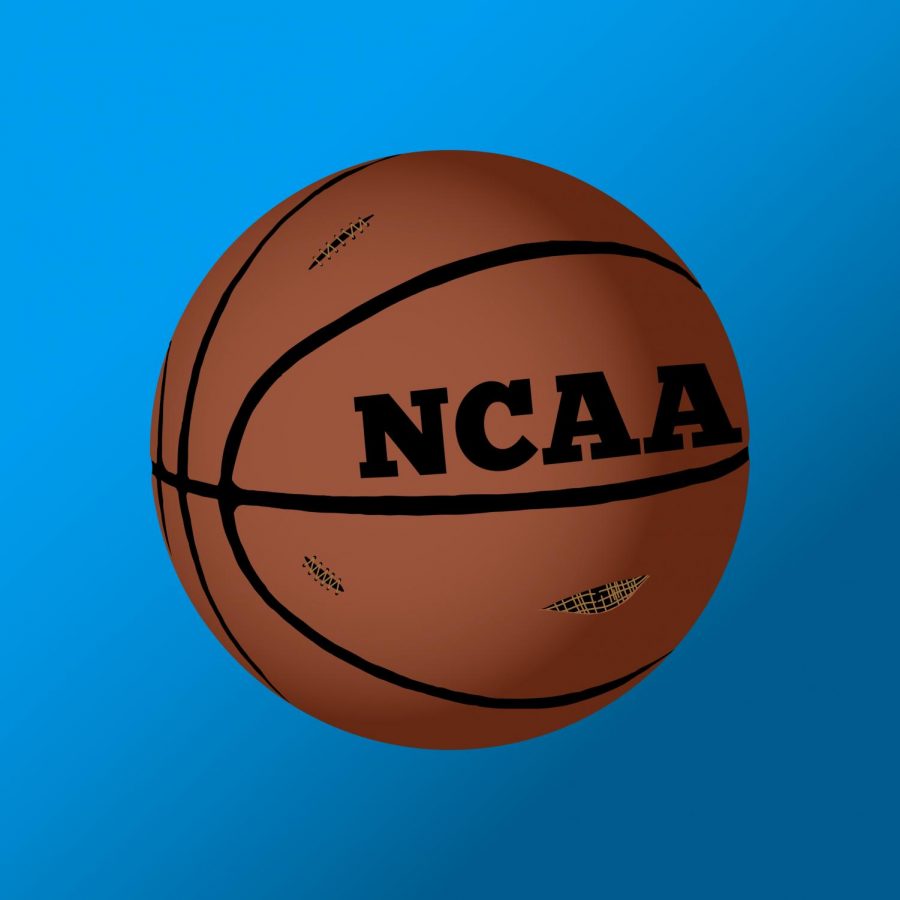How the NCAA really dropped the ball
March 31, 2021
March Madness has certainly become more than a basketball bracket; between the excessive bets, meticulous strategies and unbridled devotion, the tournament has taken a life of its own. The nearly three-week-long basketball extravaganza is the culminating part of both NCAA men’s and women’s basketball seasons. Unfortunately, when asked if you’ve made a bracket this year, it is always assumed to be a men’s bracket. No matter the incredible shots made, the strong defensive moves and the unmatchable athleticism of its players, the women’s March Madness tournament is repeatedly neglected by the media — frankly, it’s disgusting.
In terms of money, March Madness is a multibillion-dollar gusher for the NCAA, especially considering the recently extended $19.6 Billion, 22-year deal television deal. CBS Sports and Turner, a division of Time Warner, currently pay the NCAA about $770 million dollars per year for the rights to air the men’s tournament; the aforementioned extension will pay the NCAA $1.1 billion beginning in 2025. As noted in Sportico, the NCAA has a 14-year, $500 million deal with ESPN that “covers a wide-ranging series of championships,” including the men’s basketball National Invitational Tournament, the College World Series and the women’s basketball tournament. The events are not broken apart, so counting the women’s tournament, the contract will pay the NCAA $41.8 million this year for all of the championships.
The billion dollar monetary disparity is not the most concerning part of the conversation. The 2021 tournaments have been drowned by snapchats, TikToks and tweets highlighting the blatant inequalities of access between the men’s tournament in Indiana and the women’s in San Antonio. By now, you have likely seen the depressing images of the single dumbbell rack and stack of yoga mats that is serving as the women’s weight and training facility. With a swipe of your finger, you will then see the glorious state-of-the-art, custom-built facility for the men in Indiana. The NARP gym here at the University is more equipped than the NCAA women’s basketball tournament facility.
In addition to the subpar facilities, college officials revealed that the players within the women’s bubble in San Antonio were being administered a different, less accurate daily coronavirus test than players in the men’s bubble.
On March 19, the NCAA Committee on Women’s Athletics demanded an “independent investigation” into the disparities by the organization’s president, Mark Emmert. On the same day, NCAA officials acknowledged the “blemish” within the tournament and blamed the lack of equipment on an underestimation of available space.
Yet, lack of space is surely not the main issue. Sedona Prince, a University of Oregon player, proved that through a TikTok showing a massive vacant space next to the women’s practice courts. Emmert next released a letter on March 23 agreeing to conduct an independent investigation. However, we all can anticipate the outcome, or rather lack thereof.
Muffet McGraw, the legendary former coach of Notre Dame women’s basketball team, expressed her exhaustion and frustration with the outburst, tweeting that the disparity between men’s and women’s sports is “hardly breaking news.” She’s right. We can all make a ruckus about the blatant discrepancies, but an “independent investigation” is not going to lead to any fundamental change that is necessary for gender equality within NCAA sports. The NCAA may have shipped a few extra weight racks to the women’s San Antonio facility following the outburst, but the additional dumbbells are exactly what they look like — a band-aid to placate the outrage until the organization has raked in their Billions of dollars.
Women’s sports are continually an afterthought, and the outcry over this specific transgression will subside. The disparities will get swept under the rug. I cannot encourage or tolerate such immense disrespect. We must continue talking about the inequality — or better yet, watch the women’s basketball games and make a bracket next year. Lastly, keep in mind the inequalities in sports on our own campus. Has anyone seen the Title IX coordinator? Yeah, me neither.





















